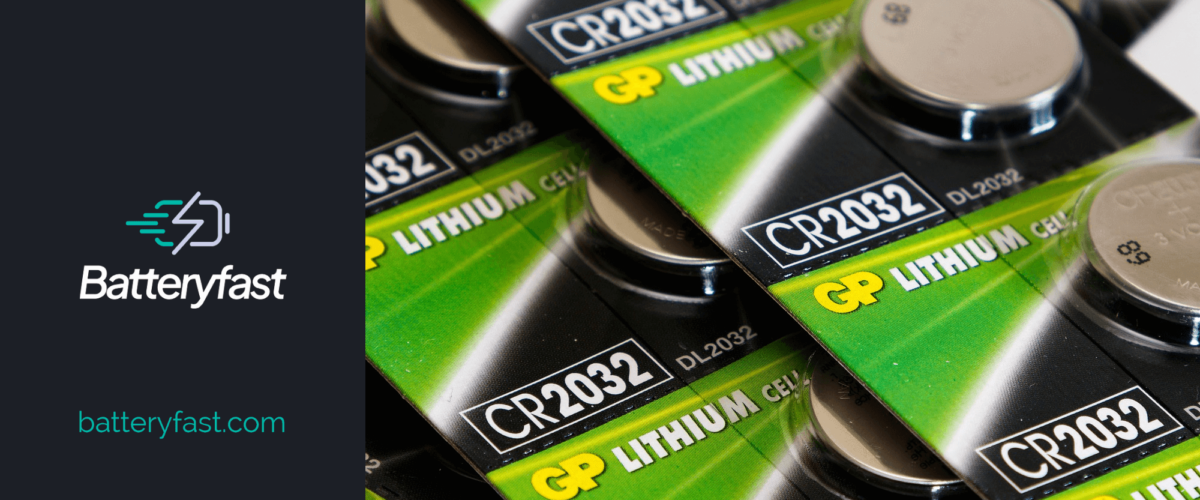Confused about lithium and lithium ion batteries? They have many similarities, but also key differences.
Introduction
Lithium and lithium-ion batteries are two kinds of rechargeable batteries used in portable electronic devices. They both have lithium, but have different designs and uses.
Lithium batteries came out in 1991. They are powerful and disposable, having twice the power of “non-rechargeable” alkaline models. They have a 3 Volt nominal voltage, making them good for constant power devices like clocks and cameras.
Li-ion batteries were released commercially in 1991. They have similar power, but better energy efficiency. The higher electrode concentration per unit volume makes them good for high current draw applications like digital cameras. The 3.6-3.7V nominal voltage holds more energy than other types. They also have longer cycle life and shorter charging times compared to LiFePO4 or NiCd.
History of Lithium
Lithium, a metal element, has been used since ancient times for jewelry and statues. It was first discovered by William Thomas Brande in 1817, and thought to be one of the elements. In 1897, Ferdinand Frederich Reichenbach’s spectrography method identified it more accurately.
In the early part of the 20th century, lithium was used to treat mental illnesses. It was also used in weapons in World War II due to its flammability.
At the same time, scientists were experimenting with lithium ion batteries. These improved batteries stored more energy, and worked better than earlier batteries. Mass production of lithium ion batteries began in 1991, making them available for use in electronics like cameras and phones. These batteries are seen as superior to NiCd batteries, as they have higher energy densities, are more durable, and are less toxic.
History of Lithium Ion
The roots of Li-Ion can be found at the start of the 20th century. Scientists were experimenting with various chemicals for storing energy. Lithium had one of the highest energy densities, making it perfect for use in electric vehicles and batteries. But it was not until 1991 when Asahi Kasei Corporation and Sony Corporation released the first commercial Li-Ion cell.
To make sure the technology was safe, they developed a unique cathode material and electrolyte system. This included features like temperature regulation and adjustable current levels. This milestone changed battery technology, as Li-Ion batteries became popular in mobile electronics and power tools. Nowadays, Li-Ion batteries are used in laptops, electric vehicles, and more due to their better performance than lead acid or nickel cadmium batteries. The chemical structure of Li-Ion makes them great for storing energy long-term and providing quick bursts – yet still remaining safe and stable.
Difference between Lithium and Lithium Ion
Confused about the difference between lithium and lithium ion batteries? It’s important to know, when shopping for a battery.
- Lithium batteries use metallic lithium in the electrodes.
- Li-ion batteries use a nonmetallic compound of lithium ions. This makes Li-ion lighter and more energy dense, with higher charge density.
- Li-ion can be repeatedly recharged without memory loss or self-discharge, unlike with most standard lithium batteries.
- But compared to standard Lithium, Li-ion offers less usable capacity during discharge. Voltage begins dropping from 4.2 volts at full charge and reaches 3 volts when nearing fully discharged.
- Lithium cells require more complex charging circuits due to the difference in voltage range.
Uses of Lithium
Lithium is a metal with many uses. It is most often used in batteries as it has a high charge/discharge rate and a low self-discharge rate. This makes it great for powering laptops and cell phones. Aircraft, spacecraft, nuclear reactors, x-ray machines and other medical equipment also use Lithium due to its light weight and strong properties.
Ceramics, glass, steel alloys, plastic and solar panel production benefit from Lithium’s strength and heat resistant qualities. It is also used in industrial processes such as oil refining due to its chemical stability. Finally, Lithium can be combined with other materials to create more powerful storage cells. This is paving the way for electric vehicles and other next-generation technologies.
Uses of Lithium Ion
Lithium ion (Li-ion) batteries are the go-to choice for many end products, like tablets and smartphones. Their benefits include a high energy density, no memory effect and a slow loss of charge when not in use.
Li-ion batteries are powerful yet lightweight, making them great for smaller projects such as robots or portable electronics. Plus, they don’t suffer from memory effect like NiMH or NiCd batteries.
These batteries also have a low self-discharge rate – perfect for low-power applications like smoke detectors or cameras. Finally, Li-ion cells are more eco-friendly since they don’t contain toxic metals like lead, mercury or cadmium that must be recycled.
Advantages and Disadvantages of Lithium and Lithium Ion
Lithium and Lithium Ion batteries have their differences. Lithium batteries can work in extreme temperatures longer than Lithium Ion ones. They are cost-effective and more secure. But they have a lower energy density and need extra charging tech.
Lithium Ion batteries are more efficient and store more energy. They cost more but last longer. They can be sensitive to extreme temperatures though.
It’s important to consider factors like use case, cost, rules and safety when picking the right battery for you:
- Use case
- Cost
- Rules
- Safety
Conclusion
Lithium and lithium-ion batteries have become very popular. They are used in things like laptops and phones. Which is better? Both types have advantages and disadvantages. Lithium batteries are usually cheaper. But, lithium-ion batteries have higher energy densities and last longer.
Think about what sort of output you need for a device or application. Lithium-ion batteries are usually more reliable. But, if money is an issue, lithium batteries may be better as they cost less.
Frequently Asked Questions
Q1: What is the difference between lithium and lithium ion batteries?
A1: The key difference between lithium and lithium ion batteries is that lithium batteries are primary batteries, meaning they are non-rechargeable and can only be used once, whereas lithium ion batteries are rechargeable.
Q2: What are the benefits of lithium ion batteries?
A2: The main benefit of lithium ion batteries is their ability to hold more energy than other types of rechargeable batteries. They are also lighter weight, have a longer life cycle, and charge more quickly than other types of batteries.
Q3: What are the drawbacks of lithium batteries?
A3: The main drawback of lithium batteries is that they are not rechargeable and can only be used once. They also have a shorter life cycle and are more expensive than other types of batteries.

